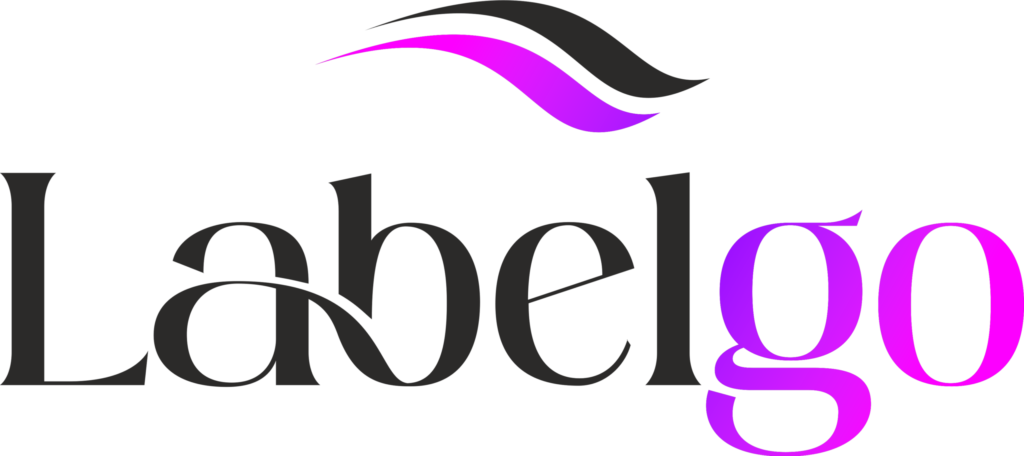In the highly competitive world of fashion, standing out is a challenge. While great design and quality materials are essential, true brand recognition is built on the details. One of the most overlooked, yet powerful, branding elements is the humble clothing label. A custom-designed label does far more than just state the size and material; it serves as a powerful marketing tool that helps build a recognizable, trustworthy, and premium fashion brand.
1. They Create Instant Brand Recognition
Imagine seeing a shirt with a small, discreetly placed label. A well-designed, unique label with your brand’s logo instantly tells a customer who made the product. This immediate recognition is the foundation of a strong brand. When a customer sees your tag, whether it’s on a hanger in a store or inside a garment they already own, they are reminded of your brand. This constant, subtle exposure builds familiarity and recall, which is a key goal for any business.
- The Logo: A high-quality woven or printed logo label makes your brand name and logo memorable.
- The Feel: The texture and material of the label itself can become a signature part of your brand’s identity, especially with soft, high-end materials.
2. They Communicate Quality and Professionalism
A generic, scratchy tag communicates a very different message than a soft, beautifully woven label. Custom labels signal that a brand is serious about its craft. It shows customers that you’ve invested time, effort, and resources into every aspect of your product, right down to the smallest detail. This perception of professionalism and quality can justify a higher price point and set you apart from competitors who use standard, off-the-shelf labels.
The Role of Label Material in Perceived Quality
- Woven Labels: Often associated with high-end, premium garments due to their durability and intricate detail.
- Satin Labels: Convey a luxurious, delicate feel, perfect for lingerie or evening wear.
- Heat Transfer Labels: Used to communicate comfort and a “tagless” experience, ideal for activewear or children’s clothing.
3. They Build Customer Trust and Loyalty
Customers are more likely to trust a brand that provides a complete, polished product. A custom label that includes all necessary information—such as care instructions, material composition, and country of origin—shows that your brand is transparent and reliable. When a customer feels confident that your product will last and that your brand stands by its quality, it fosters loyalty and encourages repeat purchases. Your label becomes a stamp of authenticity, reassuring customers that they’ve purchased a genuine product from a reputable source.
4. They Turn Customers into Brand Ambassadors
Think of your clothing as a walking advertisement. When a customer wears your garment, they are representing your brand. A subtle but stylish label, perhaps peeking out from the back of a collar or on a sleeve, can serve as a conversation starter. It’s a free, organic form of marketing that keeps your brand top-of-mind. This is why many brands use creative label designs, special slogans, or even unique font choices to make their labels as memorable as their clothes.
5. They Reinforce Your Brand’s Story
Custom labels offer a unique opportunity for storytelling. Beyond just a logo, you can use a custom label to include a brand motto, a mission statement, or even a small note about the garment’s inspiration. For example, an eco-friendly brand can use labels made from recycled materials, reinforcing its commitment to sustainability. This small detail can forge a deeper emotional connection with your customer, turning them from a casual buyer into a true fan of your brand’s ethos.Conclusion: The Label is Your Brand’s Signature
Conclusion: The label is the signature of your brand
Don’t underestimate the power of a well-designed label. It’s an inexpensive yet highly effective way to build a strong, recognizable brand identity. By focusing on quality, consistency, and a thoughtful design, you can transform a simple tag into a signature element that communicates professionalism, builds trust, and ultimately helps your fashion brand thrive. It’s the final stitch that ties your entire brand experience together, creating a lasting impression that keeps customers coming back for more.
